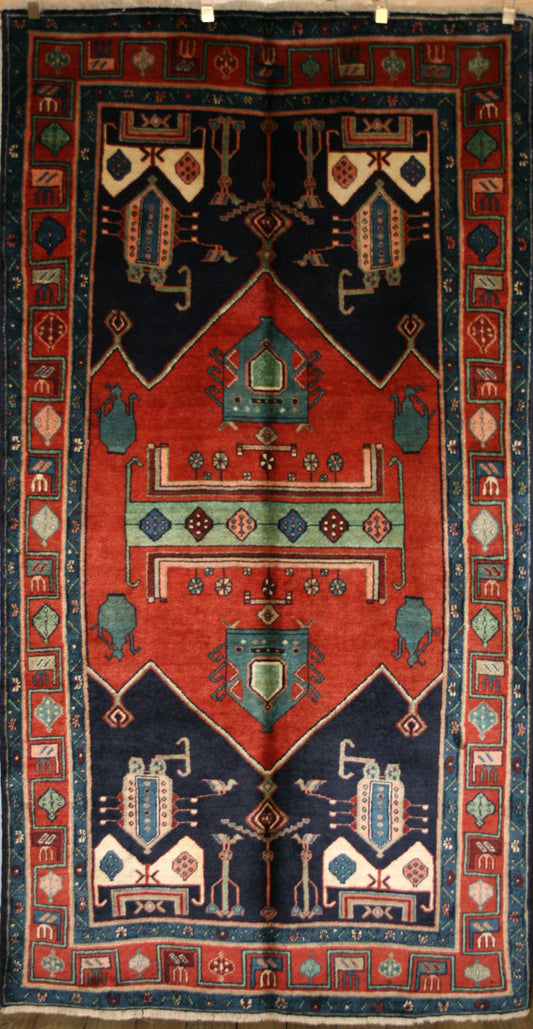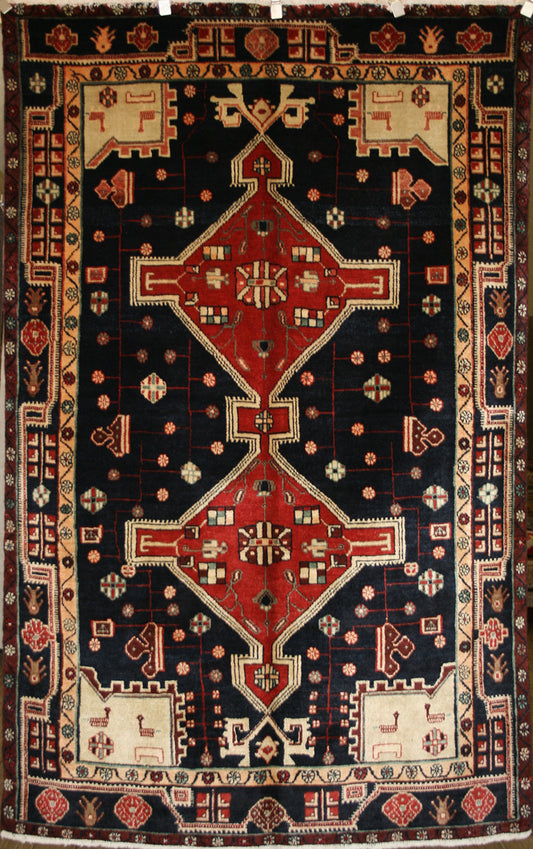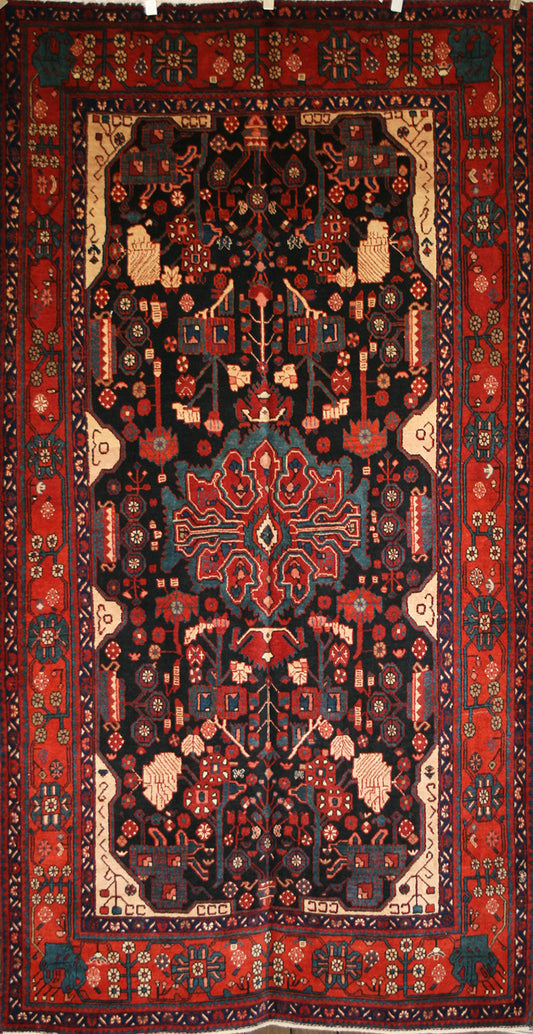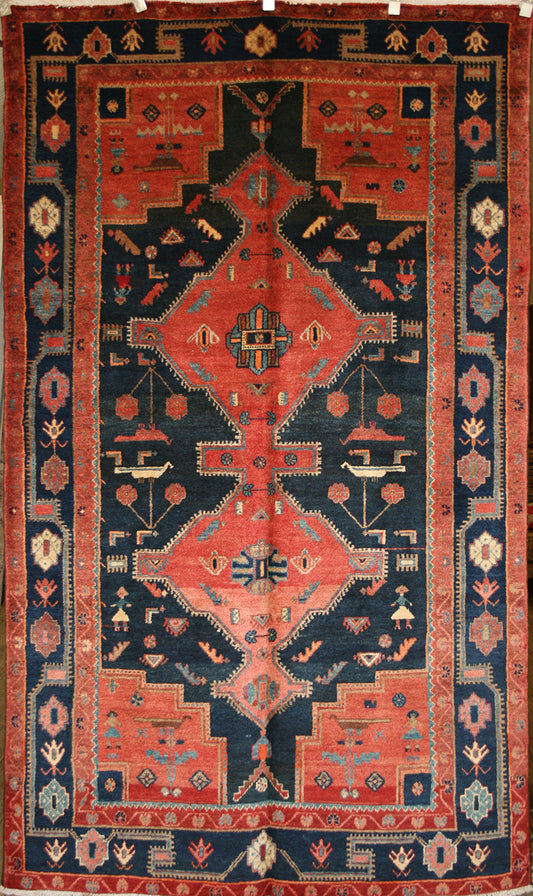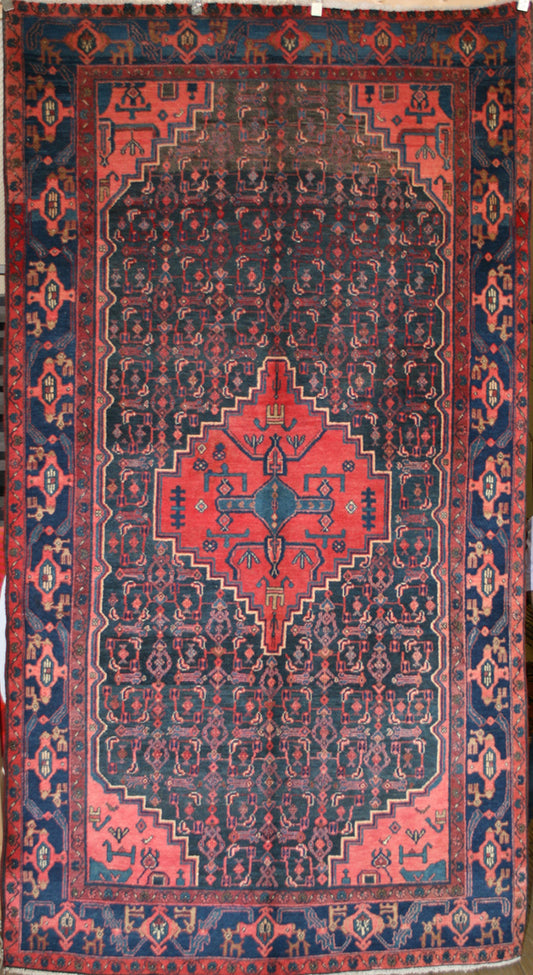Nahavand Rug History & Origin Guide
An Exploration of Nahavand Rugs: A Tapestry of Tradition and Artistry
Immerse yourself in the rich world of Nahavand rugs, where each piece reflects a legacy of tradition, craftsmanship, and cultural expression. Hailing from the city of Nahavand in western Iran, these rugs are known for their distinctive designs, high-quality materials, and the stories they tell through their intricate motifs.
The Historical Backdrop of Nahavand
Nahavand, located in the province of Hamadan, is steeped in history that extends back into antiquity. As a historic centre of civilisation, its cultural heritage is mirrored in the designs and motifs of its rugs, which are skillfully woven by local artisans.
Unveiling the Craftsmanship and Materials of Nahavand Rugs
Nahavand rugs are renowned for their exceptional durability, thanks to the high-quality materials used in their construction. The weavers predominantly use local wool, prized for its superior strength and softness, to create the pile of these rugs. Cotton is used for the warp and weft, providing a sturdy foundation that ensures the longevity of the rug.
The Colour Palette of Nahavand Rugs
The colour palette of Nahavand rugs is a vibrant expression of natural hues. Traditional dyes, derived from plants and minerals, are used to create a spectrum of colours that span from rich reds and deep blues to earthy browns and soft beiges. These natural dyes help preserve the rug's colour vibrancy over time, adding to their appeal and value.
Diving into the Patterns and Motifs of Nahavand Rugs
The designs of Nahavand rugs are a testament to the region's rich cultural heritage. Here, we explore some of the most common motifs and patterns:
- Geometric Designs: Nahavand rugs often feature bold geometric patterns, reflecting the tribal influence on their design. These patterns can include diamond shapes, stylised animal and human figures, and geometric floral motifs.
- Central Medallion: This traditional Persian motif is a common feature in many Nahavand rugs. It usually showcases a large, striking medallion at the centre, surrounded by smaller geometric designs.
- Boteh Pattern: The Boteh or "Paisley" pattern is frequently used, symbolising life and eternity. It is often repeated to create an all-over design or used as a filler in conjunction with other motifs.
- Herati Pattern: The Herati pattern, or "fish pattern," is another common motif. It is typically composed of a flower centred in a diamond with curving lanceolate leaves outside, creating a beautiful and detailed filler motif.
These motifs, combined with the skilled craftsmanship of the weavers, make each Nahavand rug a unique piece of art that reflects the region's rich tapestry of cultural and historical influences.
Exploring Nearby Rug-Producing Areas
While Nahavand holds its own unique appeal, it's worth noting that the surrounding regions also contribute significantly to the rich tapestry of Persian rug weaving. The nearby city of Hamadan, for instance, is one of the oldest cities in Iran and a major centre for rug production. Hamadan rugs share some similarities with Nahavand rugs in terms of their robust construction and the use of geometric designs, but they also have their own unique characteristics.
The Climate of Nahavand
Nahavand experiences a semi-arid climate, with hot summers and cold winters. This climate has influenced the designs and materials of Nahavand rugs. The thick wool pile provides warmth during the cold winter months, while the vibrant colours and designs bring cheerfulness to the surroundings.
Best Time to Visit Nahavand
For those interested in visiting Nahavand, the spring (April to June) and autumn (September to November) months are generally the best times. The weather during these periods is more moderate, providing a comfortable climate for exploring the local rug markets and experiencing the rich cultural heritage of the city.
Top Tourist Destinations in Nahavand
While in Nahavand, one can visit the historic city of Hamadan, just a short drive away. Hamadan is home to several tourist attractions, including the ancient Hegmataneh archaeological site, the tomb of Avicenna, a famous Persian philosopher and physician, and the Alavian Dome with its intricate stucco work. Of course, a trip to the local bazaars for a first-hand look at the city's famed rug-weaving tradition is a must.
The Cultural Landscape of Nahavand
Nahavand's cultural landscape is enriched by its historical and artistic traditions. The rug-weaving craft is a significant aspect of this, passed down through generations and celebrated for its artistry. Local festivals and events often showcase the region's rug-weaving practices, providing a glimpse into this intricate craft.
Conclusion
A dive into the world of Nahavand rugs unveils a vibrant cultural history, mirrored in the rich designs and motifs of these much-coveted pieces. Each rug tells a story, woven through generations and imbued with the soul of the artisan. Whether you're a rug enthusiast, a collector, or simply an admirer of fine craftsmanship, the beauty and intricacy of Nahavand rugs are sure to captivate.
Browse Our Current Selection of Nahavand Rugs
-
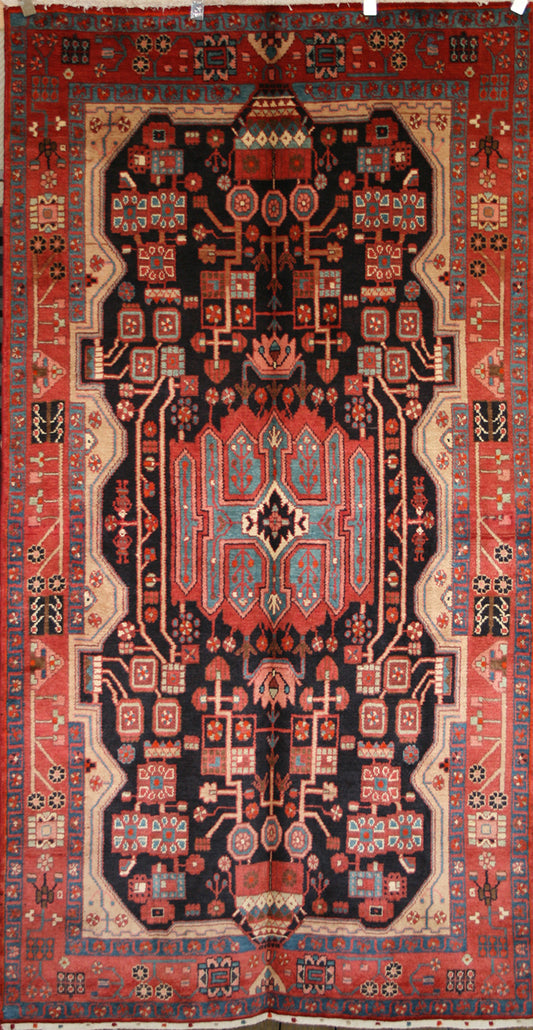 Sale
SalePersian Nahavand Rug
Regular price £1,095.00Regular priceUnit price per£1,295.00Sale price £1,095.00Sale -
Semi-Antique Persian Nahavand Rug
Regular price £945.00Regular priceUnit price per£1,195.00Sale price £945.00Sale -
Semi-Antique Persian Nahavand Rug
Regular price £995.00Regular priceUnit price per£1,295.00Sale price £995.00Sale -
Semi-Antique Persian Nahavand Rug
Regular price £1,495.00Regular priceUnit price per -
Semi-Antique Persian Nahavand Rug
Regular price £1,175.00Regular priceUnit price per£1,295.00Sale price £1,175.00Sold -
Semi-Antique Persian Nahavand Rug
Regular price £1,495.00Regular priceUnit price per


